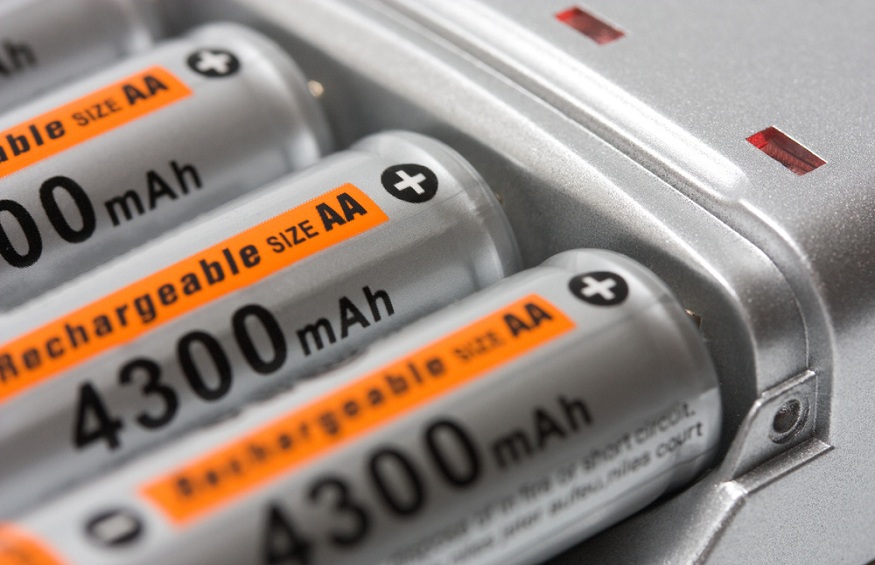When would you ever use a single-use battery instead of a rechargeable one? Well, these days the answer is very often simply you wouldn’t. Rechargeable batteries are now the norm. If you take a moment to consider your daily battery use, you will no doubt soon discover that it mainly involves running down and charging up li-ion batteries inside your phone, laptop, electric car, and so on. The rechargeable function is essential for any of these devices to work at all.

However, that’s not to say that single use batteries have had their day. When we bring things into the realm of the humble household battery – AA, AAA, 9v, etc. – it is suddenly apparent that single-use batteries are still quite common. Specifically, these are alkaline batteries, and they still power many devices around the home. They are still brought in huge numbers, and in the arena of the household, they are currently fighting a battle with their rechargeable cousins.
It must be said that this could indeed be a losing battle. New battery technology hasn’t just made flat smartphone batteries or the huge multi-celled behemoths inside an EV, it has also come to encroach on the territory of the alkaline battery.
It hasn’t done this by merely providing recharge ability though. The power of the smart battery management system has been brought to bear on the household. Smart battery experts Pale Blue Earth, manufacturers of USB C rechargeable 9V, AA, AAA, D, etc. batteries say that these types of batteries are the chief competitors for use around the home.
With a BMS readout on the charger – or even on the batteries themselves – these little AAAs or 9vs can relay information to the user about performance and remaining charge. This brings household batteries closer and closer to the types of batteries you find inside your smartphone.
For now, though, the alkaline battery persists, and there is a good reason for that. Cost, however, is not it. While rechargeable batteries are more expensive, they of course last much longer – and you would spend a lot more on single-use batteries within that time.
Low Drain Devices
The jury is pretty unanimous on this one. Alkaline batteries are better to use in low drain devices. These are the devices that use power intermittently and at a low rate. Examples include a smoke alarm or a clock. The first reason for this is that there is simply no need for high performance, power, and longevity with such devices.
Furthermore, the voltage drop-off of alkaline batteries is faster than with rechargeables. That means they will conk out quicker. If you put a rechargeable battery, on the other hand, inside a clock, the device will only get gradually more inaccurate as it starts slowing down. Alkaline is preferred here.
Everything Else?
So, is everything else better powered by recharge ables? The short answer is yes. Continuous drain devices such as toys or fans will drain a battery down quicker. With recharge ables, you can just charge it up and continue using. With alkaline batteries, you would be throwing many more batteries out, and paying much more in the long run.
There are also, of course, the environmental issues surrounding battery waste. They are still only partially recycled, and the materials involved are hazardous. Green appeal is undoubtedly one of the factors driving the rechargeable revolution.
Last Word for Alkaline
It should be noted that there are some other benefits of alkaline batteries. In a black out, you do not have the ability to recharge recharge ables, and so some fresh alkaline batteries lying around could be especially useful.
For most other applications, rechargeable batteries give the continuous performance that modern life often demands.









Leave a Reply
You must be logged in to post a comment.